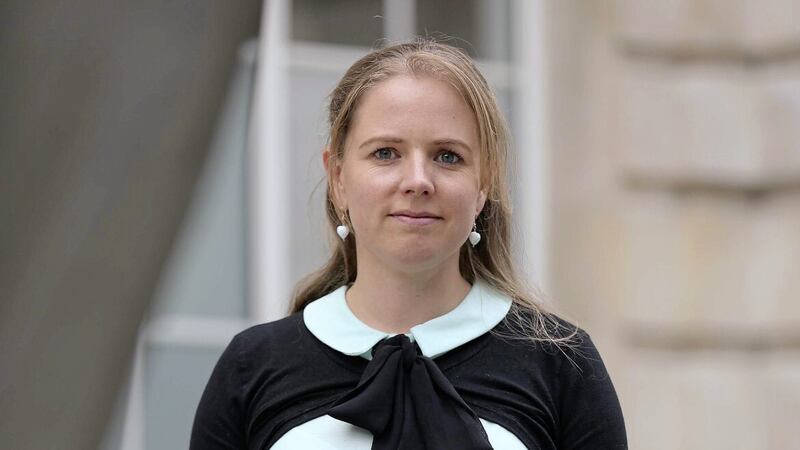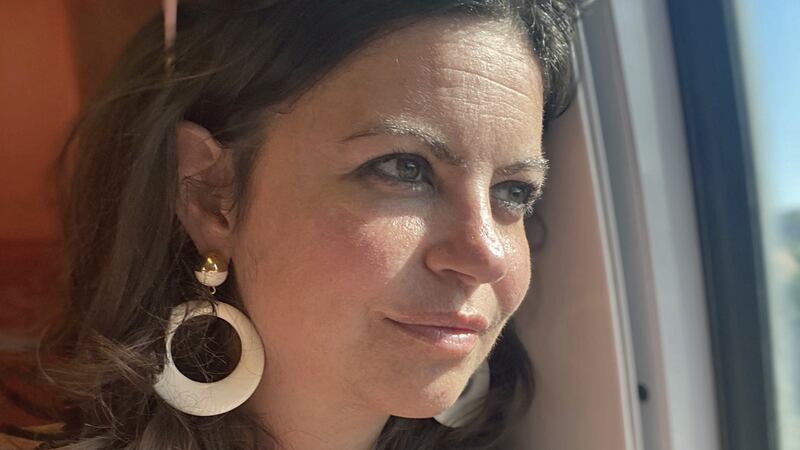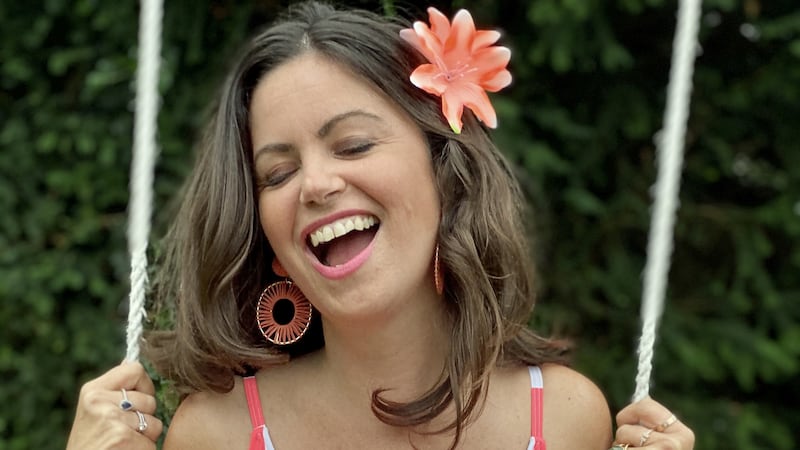THE Ulster Museum is currently marking 50 years of its current incarnation, a milestone which offers an opportunity to reflect on National Museums NI's contribution over the last five decades, the changing role of museums within society and how the art of collecting continues to evolve.
The collections at the Ulster Museum reflect evidence of the earliest human settlers and historical periods right up to the present day, they catalogue the riches of our natural world and they celebrate the creative outputs of generations of artists and craftspeople.
Its collections originated with the formation and activities of the Belfast Natural History Society founded in 1821, re-named the Belfast Natural History and Philosophical Society in 1842 and the closely associated Belfast Naturalists' Field Club (1863).
During most of the 19th century, the focus was on developing collections in natural history, but also archaeology and ethnography. During this time Ulster Museum welcomed key contributions, most notably from Canon John Grainger who donated his complete collection to the Belfast Art Gallery and Museum before his death in 1891, earning him the title of 'Father of Ulster Museum'.
Hannah Crowdy, head of curatorial for National Museums NI, believes their 50th anniversary offers not only an opportunity to look back, but more importantly, to look forward.
"Collections are on display for the public's enjoyment, education and inspiration, but are also a resource for learning and research in areas such as environmental change, biodiversity loss, the legacy of conflict, culture and identity, and decolonisation.
"Ulster Museum represents shared histories and helps people to better understand those that are contested. It gives visitors the opportunity to discuss contemporary issues, in the interest of developing new perspectives and promoting positive attitudes across society."
Whilst there are famous and beloved specimens at Ulster Museum, such as the Edmontosaurus skeleton, the Spanish Armada treasures from the Girona and paintings by Sir John Lavery, the collection is also home to hundreds of thousands of seemingly ordinary yet quietly extraordinary specimens.
When it comes to collecting items, National Museum NI has a specialist team of curators who develop knowledge about collections and undertake research and fieldwork to make recommendations on what to collect moving forward.
Hannah explains: "Collections development, as we call it, is guided by our Collections Development Policy, which identifies themes and priorities for future collecting.
These include bridging gaps in existing collection areas, acquiring items not currently represented in the collections and improving the diversity and representativeness.
"We consider how we will use objects and what their value to audiences might be, both now - and in the future."
As well as the traditional role of collecting, preserving and sharing rich collections, museums are playing an increasing role in supporting the development of communities by helping explore and celebrate community identity, bringing groups together and helping people to develop their skills and confidence.
Hannah said: "We're increasingly mindful of the audiences and communities we serve and how our displays and exhibitions reflect their perspectives and experiences.
"Our Inclusive Global Histories exhibition – which opened earlier this year - demonstrates our commitment to decolonisation, diversity and inclusion and our efforts to better understand the complex global stories of some 4,500 items in our World Cultures Collection.
"For example, we recently acquired a brass cooking pot, brought from India to Northern Ireland in the 1950s. It helps us to tell stories of the achievements and contributions of communities who have migrated from India to Northern Ireland in the 20th century, and through these acquisitions, we're able to tell a more accurate, complete and inclusive story of Northern Ireland.
Hannah concludes that "going forward it's important to add to National Museum NI's collections."
Whilst the museum makes predictions on what material from the world around us may be considered unique and significant for future museum audiences, she has some advice for budding collectors of the future.
"We would encourage children to collect according to their interests and passions, as that will help them to develop into our expert curators of the future. Value is in the eye of the beholder, and in museums, we don't define that value in monetary terms – it is more about the stories and intrinsic knowledge associated with an object. What can an object tell us and how might it address key societal challenges, the climate crisis for instance?."
:: For further information on visiting and the museum's collections visit Ulstermuseum.org.



